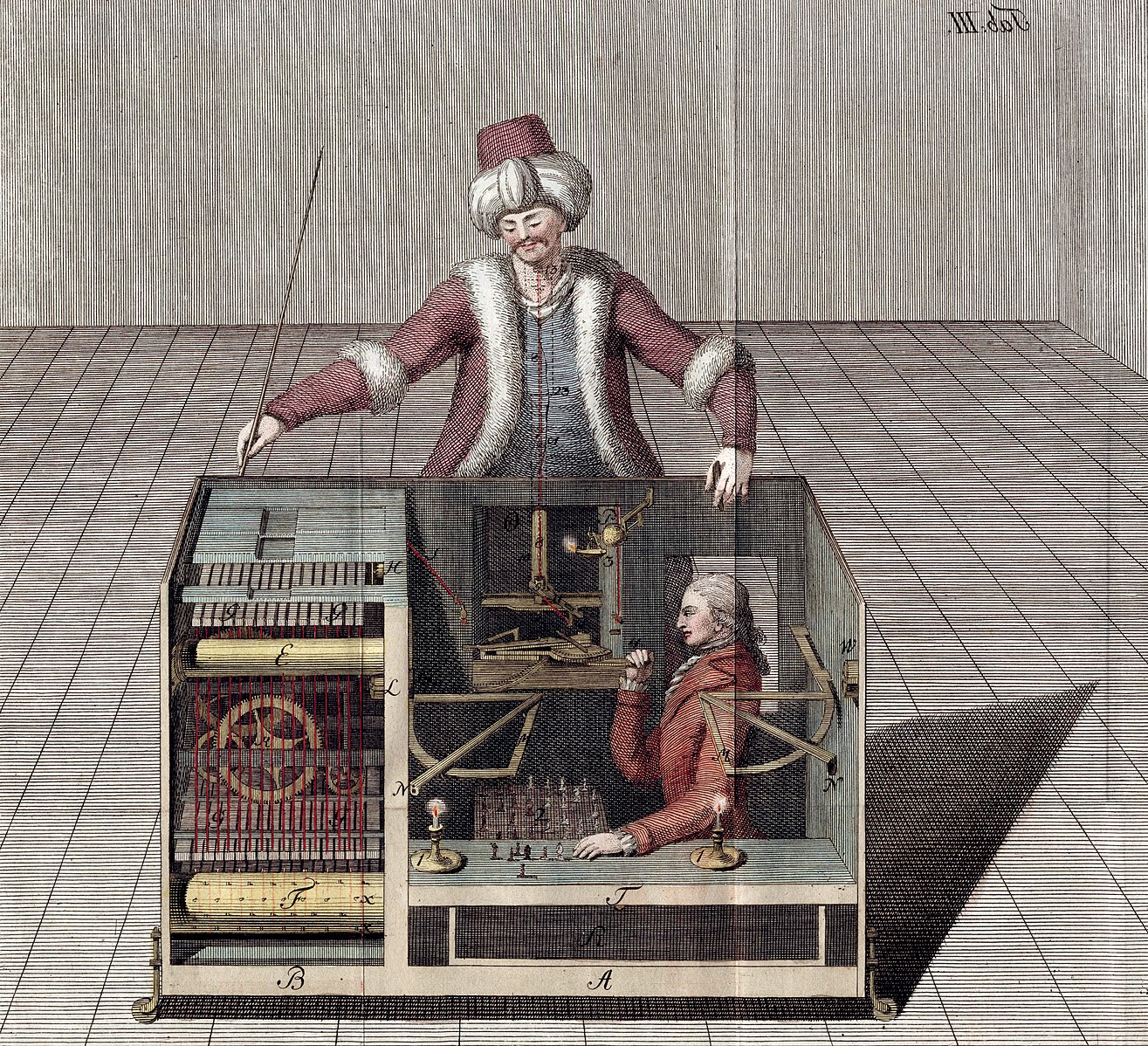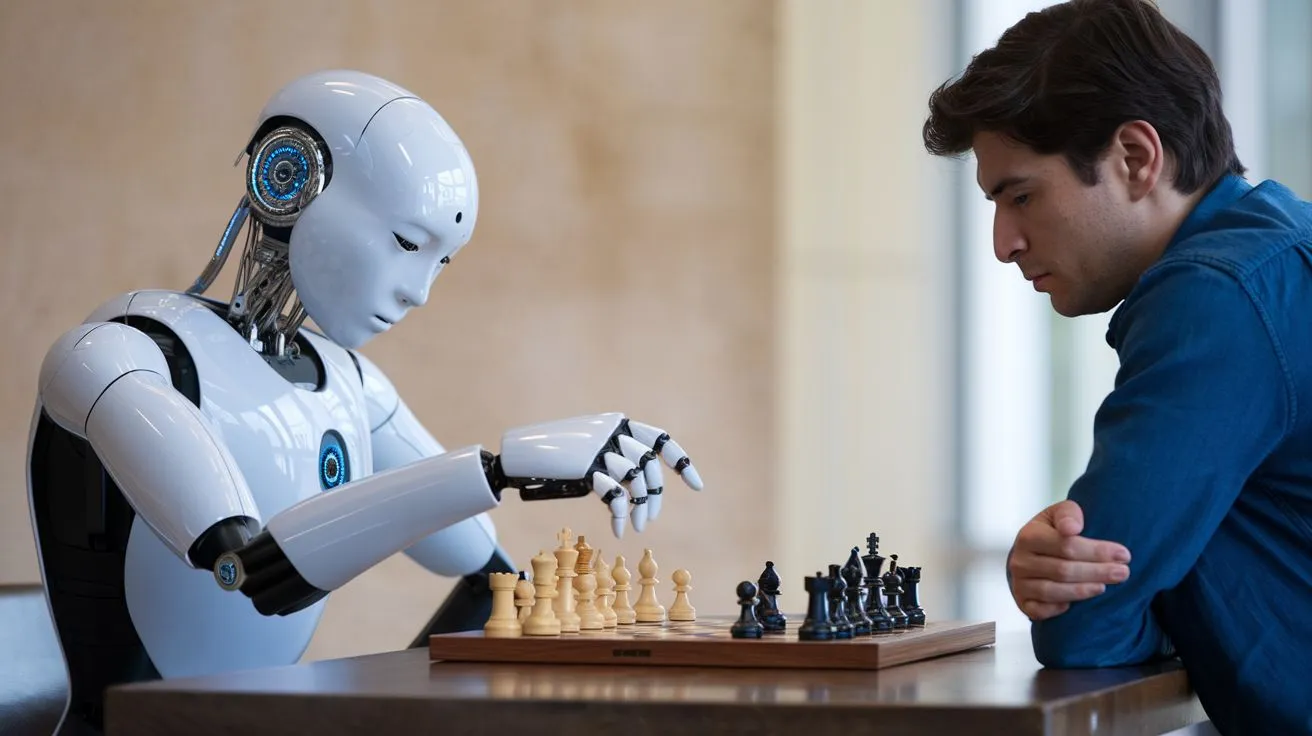
Artificial intelligence and chess share a history that is far more ancient than most individuals would assume. The interesting history traces the evolution from 18th-century mechanical tricks to the sophisticated neural networks of today. The evolution both marks the progression of technology in the game of chess and the shifting conceptions of intelligence itself.

The tale starts in the late 1700s with The Turk, a remarkable machine built by Wolfgang von Kempelen. The machine was exhibited as a chess-playing machine that would play by itself and could defeat human players. This machine, though, was a fake: the machine was being manipulated by a human chess master hidden within. Despite The Turk being a deception, the invention triggered human imagination of a chess-playing machine. It planted the seeds for further development of machines that are able to play chess and eventually outsmart human chess players.
Two decades later, in the 20th century, the idea of chess automation took a significant scientific turn. Alongside the rise of the field of computer science, researchers started building the first chess engines. In the 1980s, major advancements in algorithmic play were made. The chess engines were built on heavy calculations that evaluated millions of moves and positions per second according to evaluation rules made by the developers. As described in the previous article, the defeat of Kasparov by Deep Blue marked one of the most important breakthroughs in AI development in chess. This model was also based on raw computational power, built on human-coded evaluation in chess.

Chess engines we know today refined the overall approach to chess. Whereas the earlier machines were built on human knowledge, newer computers use deep reinforcement learning and neural networks that are able to teach chess itself by playing millions of games against itself. This training method allows machines to acquire their own beneficial and highly original style in a matter of hours, astonishing grandmasters with innovative moves and approaches. Transforming anonymous humans into self-taught machines is an offshoot of a larger trend in artificial intelligence. The game of chess served as a vehicle upon which AI developed its own original answers to particular problems. The development in computational chess now extends the chessboard, influencing fields such as game theory, robotics, and machine learning in general. What started out as an illusion has become one of the main demonstrations of artificial intelligence in human history.
References:
Codemotion Magazine
Built In
Acquisition of chess knowledge in AlphaZero
Chess.com